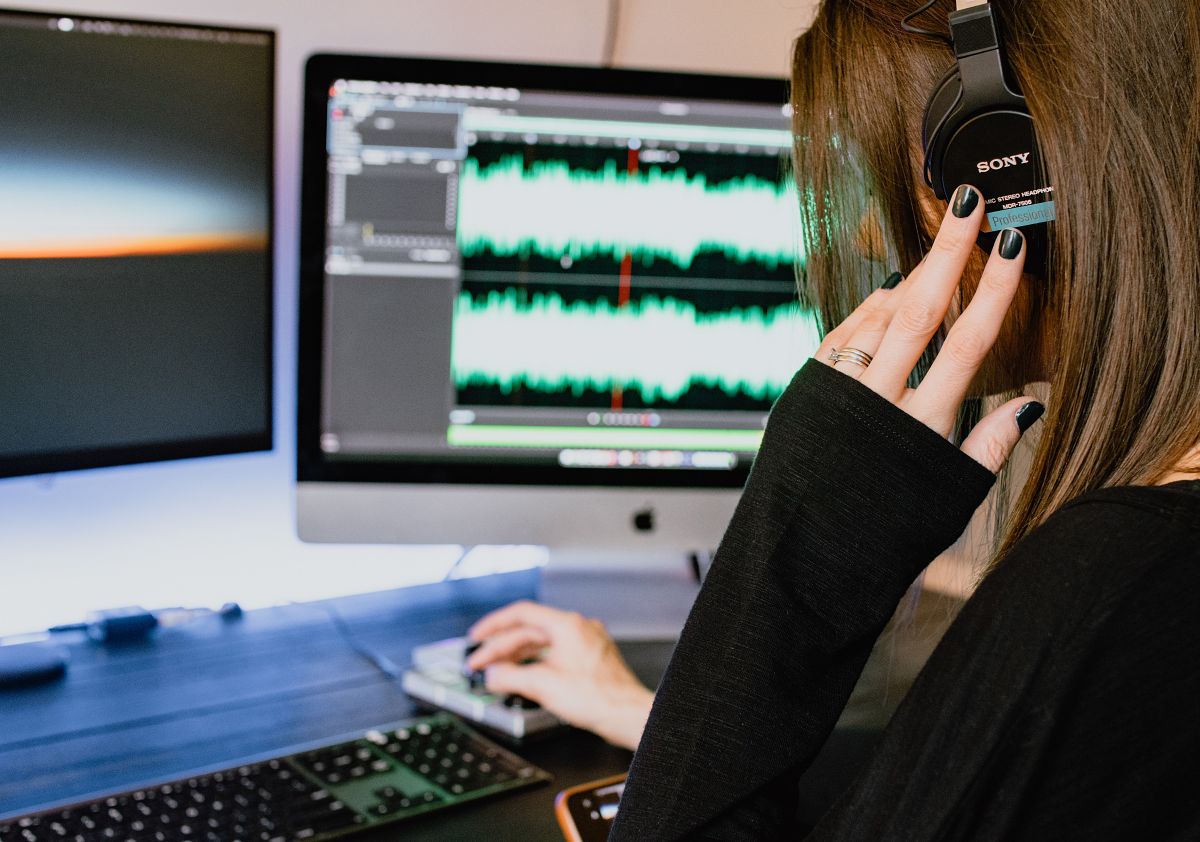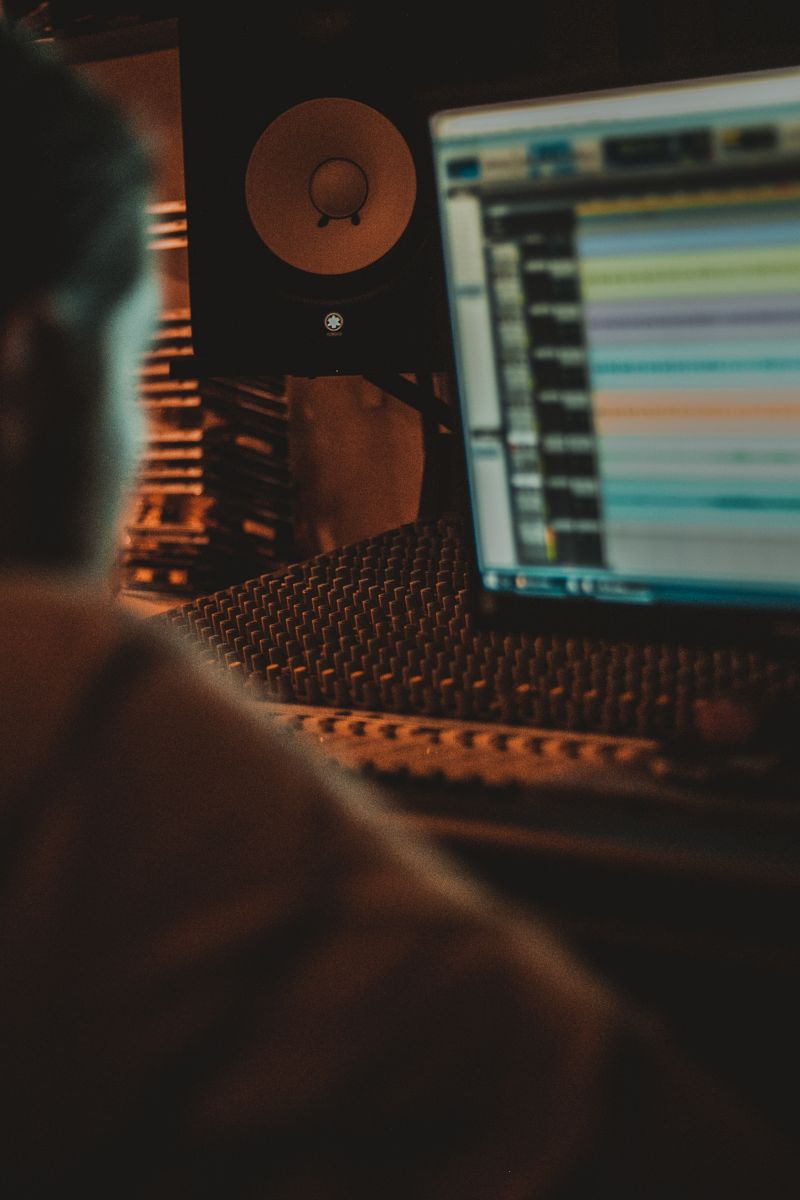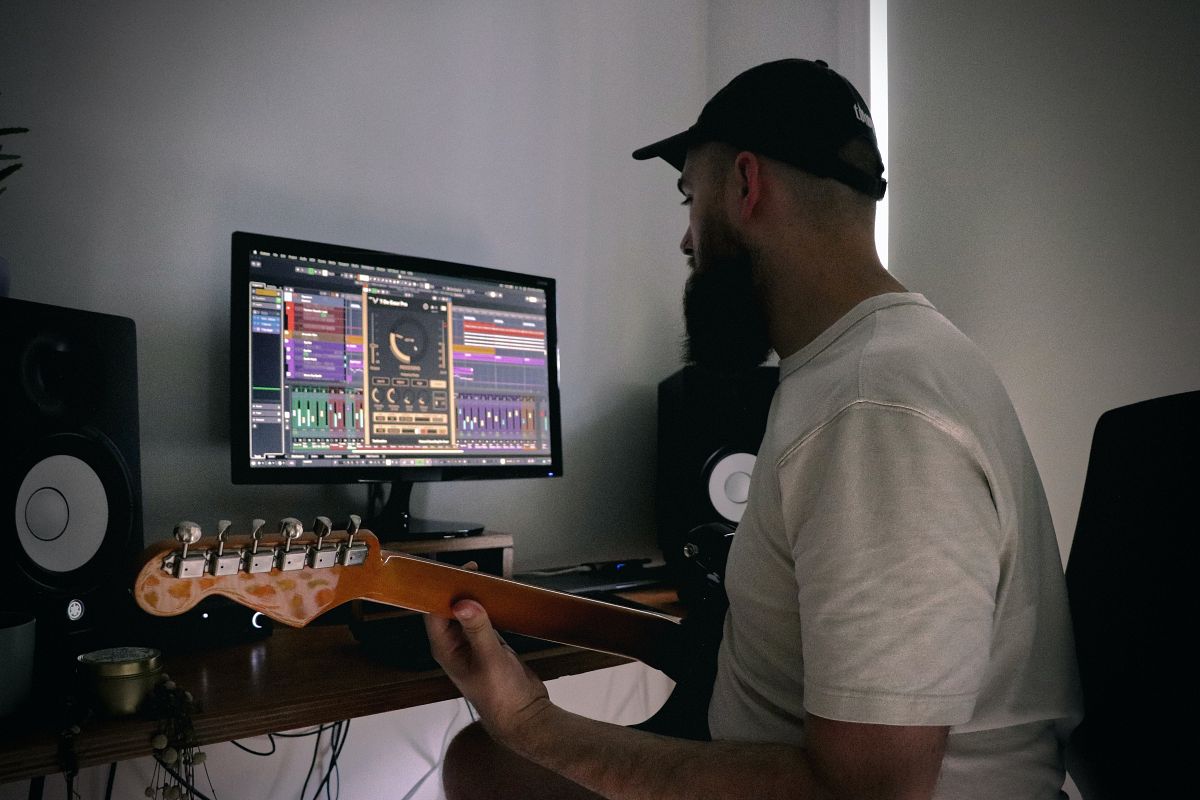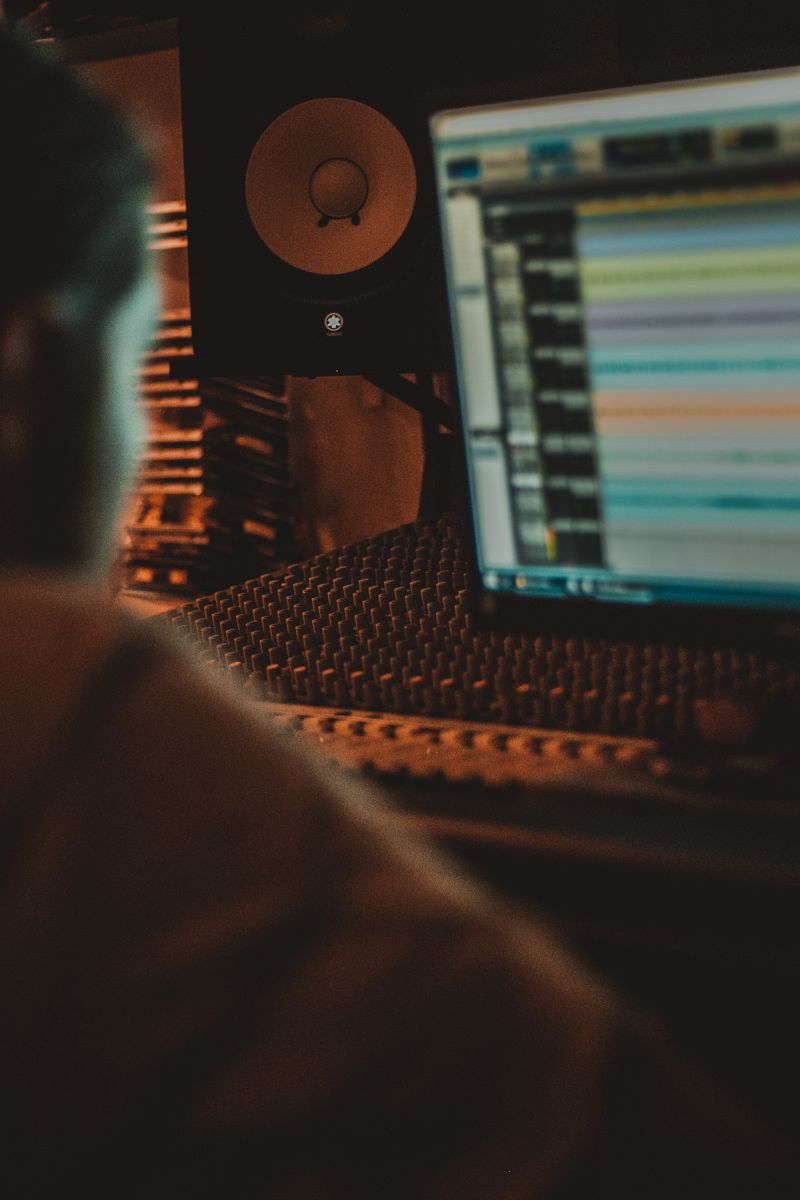Mixing music can be a daunting task, especially for beginners. However, with the right tools and techniques, anyone can create a professional-sounding mix. One essential tool for music mixing is an audio plugin. In this article, we will discuss how to mix a music with audio plugin and provide some tips for using them effectively.
Contents
Understanding Audio Plugins
Before we dive into the mixing process, it's important to understand what audio plugins are and how they work. Audio plugins are software programs that can be used within a digital audio workstation (DAW) to enhance or manipulate audio signals. They can be used for a variety of purposes, such as equalization, compression, and reverb. There are many different types of audio plugins available, each with its own unique features and functions.
Choosing the Right Mixing Plugins

When it comes to mixing music, having the right plugins is crucial. There are many different mixing plugins available, so it's important to choose ones that suit your needs and style of music. Some popular mixing plugins include EQs, compressors, and reverbs. It's also important to consider the quality of the plugins, as well as their compatibility with your DAW.
Setting Up Your Mixing Session
Before you start mixing, it's important to set up your session properly. This includes organizing your tracks, setting levels, and routing your audio. It's also a good idea to create a template for your mixing sessions, so you can easily load your favorite plugins and settings for each new project.
Using EQ Plugins
EQ plugins are essential for balancing the frequency content of your mix. They allow you to boost or cut specific frequencies, which can help to bring out certain elements of your mix. When using EQ plugins, it's important to use them sparingly and make subtle adjustments. It's also a good idea to use a spectrum analyzer to help identify problem frequencies.
Utilizing Compression Plugins
Compression plugins are used to control the dynamic range of your mix. They can help to even out the levels of your tracks and make them sound more cohesive. When using compression plugins, it's important to set the attack and release times appropriately for each track. It's also a good idea to use multiple compressors in series for more control over your mix.
Adding Reverb Plugins
Reverb plugins are used to add depth and space to your mix. They can help to create a sense of realism and make your mix sound more natural. When using reverb plugins, it's important to choose the right type of reverb for your mix. For example, a plate reverb may work well for vocals, while a hall reverb may be better suited for drums.
Experimenting with Different Plugins

One of the best things about using audio plugins for mixing is the ability to experiment with different sounds and effects. Don't be afraid to try out different plugins and settings to see what works best for your mix. You may even discover new techniques and sounds that you wouldn't have thought of otherwise.
By following these tips and techniques, you can effectively mix a music with audio plugin and create a professional-sounding mix. Remember to choose the right plugins for your needs, set up your session properly, and don't be afraid to experiment. With practice and patience, you can become a master at mixing music with audio plugins.



